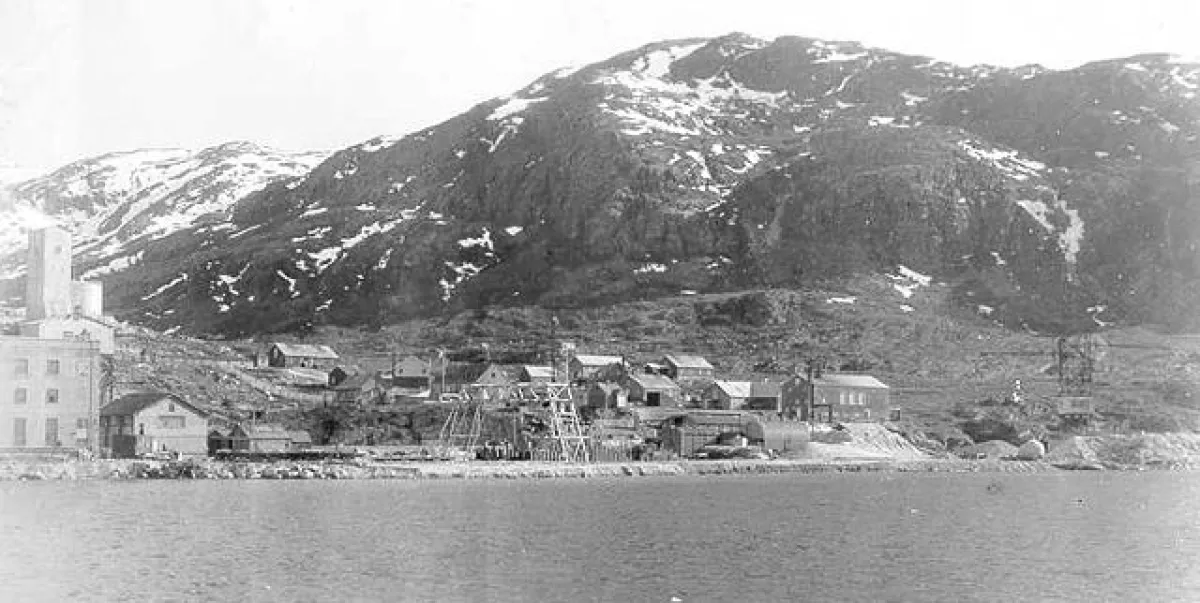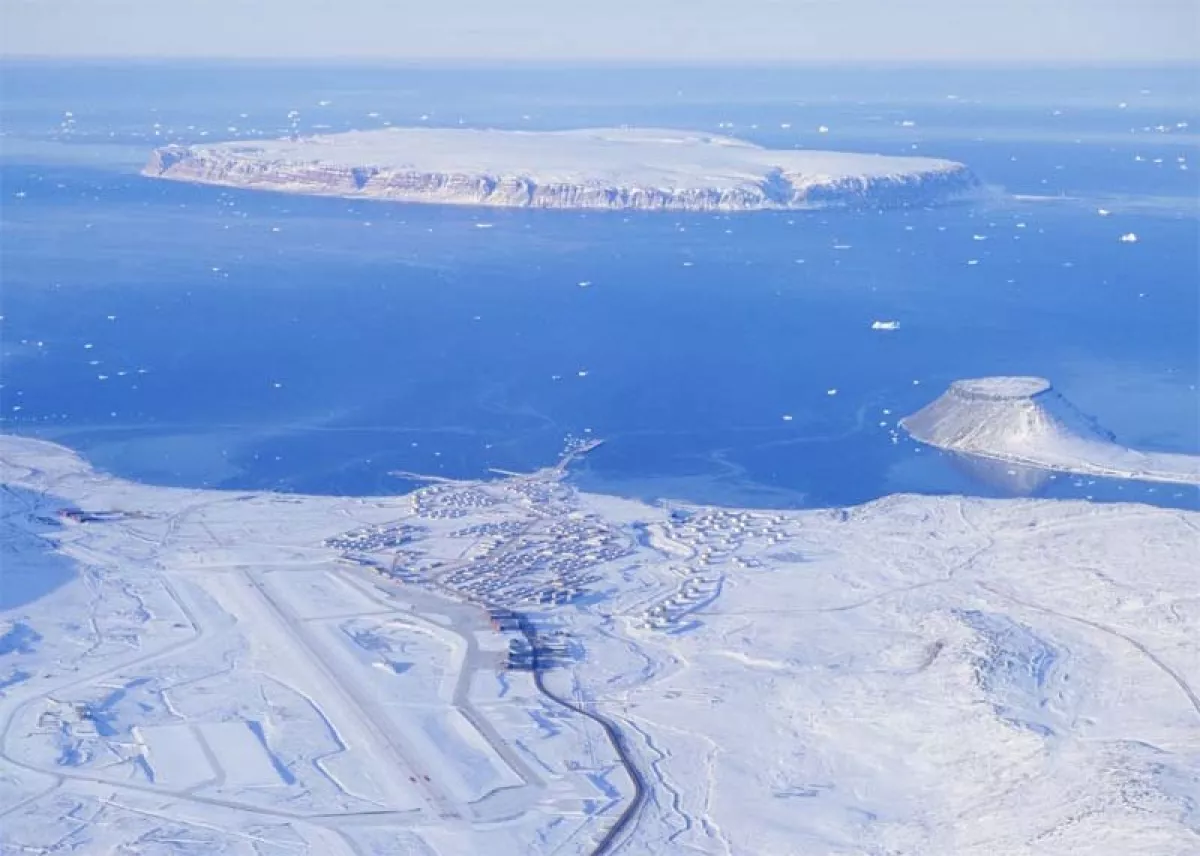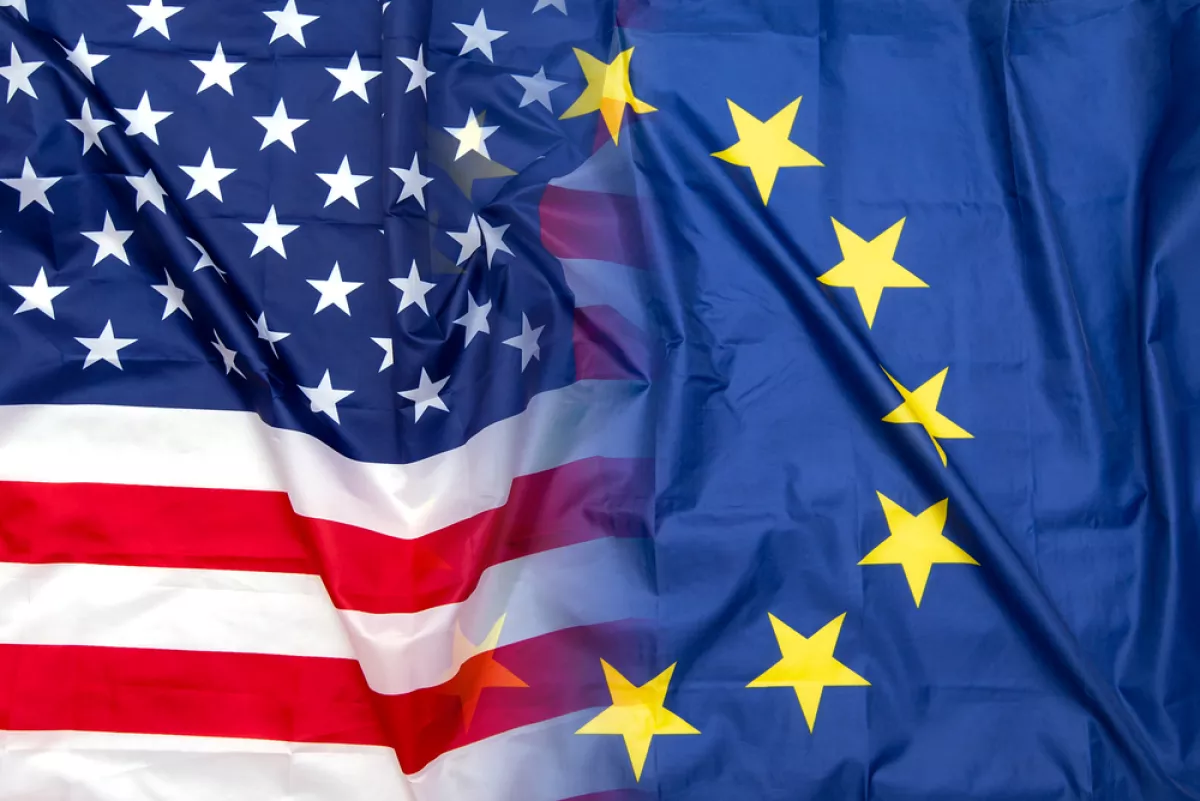Arena of foreign ambitions Greenland — the icy island that America never managed to buy
A vast island frozen between the harsh breath of the Arctic and the ambitions of great powers, which for centuries have viewed it as a space for expansion, observing its glaciers with the same cold interest as cartographers of the past who drew its outlines on their maps. This is Greenland — resisting for over a century the attempts by the United States to establish its permanent presence there. And this struggle is not loud and overt but prolonged, subtle, sometimes almost invisible, yet no less significant for the fate of the island’s people.
From 1721 until the end of World War II, Greenland remained a closed Danish colony. This meant that no foreigners, except Danish colonisers and their specially invited guests, could set foot on its land. Such a suffocating policy of isolation from the outside world ensured that Danish missionaries and resource developers maintained a monopoly over the island’s riches and the souls of its inhabitants. Here the Danes gained full control over the mining of cryolite — a key component in the production of aluminium, which was used in military armaments and brought billions of dollars in profit. Huge sums flowed to Copenhagen, while the indigenous people of Greenland — the Kalaallit, also known as the Inuit — were left with poverty and devastation; their spiritual practices were destroyed, and their children ended up in the Danish system of forced education.

During World War II, Greenland gained new strategic significance. The island’s meteorological conditions allowed for weather forecasting in Europe, a factor that could influence the success of military campaigns. After Denmark was occupied by the Nazis in 1940, the United States took advantage of the situation and established its own control over the island.
Even before officially entering the war, the American Navy began patrolling Arctic waters, especially along Greenland’s coast, to prevent the establishment of German weather stations and the collection of meteorological data that could provide Nazi Germany with serious tactical advantages. For a time, the island effectively became an American protectorate — Washington justified this as a necessity to protect the territory from the Nazis, but in reality, it was advancing its own strategic interests in the North Atlantic.
After the end of World War II, the American military presence on the island not only continued but also strengthened. The Cold War turned Greenland into an icy outpost from which Arctic routes could be monitored and the movements of Soviet submarines tracked.

In 1946, the United States offered Denmark $100 million to purchase Greenland. This was an attempt to cement the status quo, but Copenhagen refused. Then, in 1951, a new agreement between the two countries effectively gave American military forces free rein — granting them the right to use the airspace without restrictions and to build bases. On the northwestern edge of the island, the Thule Air Base (now the Pituffik Space Base) was established, where the U.S. stationed strategic bombers and stored nuclear weapons. This was despite Denmark declaring itself a nuclear-free zone in 1957.
The most notorious episode of American military presence was the 1968 disaster when a B-52 bomber carrying four thermonuclear bombs crashed near the Thule base. All but one crew member survived, but the thermonuclear weapons exploded upon impact with the ground, causing radioactive contamination. Official documents remain incomplete to this day, and for many Greenlanders, this event became a source of questions about the damage caused to their health and the environment. The Inuit who participated in the cleanup returned to their daily lives unaware that radiation had already penetrated the bodies of the animals they hunted and the soil beneath their homes.
Meanwhile, Denmark continued to reject accusations of colonial crimes. The program of forced Christianization and the eradication of local beliefs was only the first act of this tragic drama. It was followed by the deportation of Inuit children to boarding schools on the mainland, sterilisation of girls and young women through intrauterine devices, and forced relocations of entire communities. These practices were part of a state policy aimed at the “modernisation” of the indigenous population.
In my family, this history left deep scars: my aunt became one of the victims of the sterilisation program, and my mother and her brothers were sent to Danish schools where they were stripped of their native language and cultural identity.

Today, in the era of global warming and the melting of Arctic ice, Greenland has once again become the focus of the world’s great powers. The United States and the European Union see the island not only as a key to new transportation routes but also as a treasure trove of rare earth metals, so vital for the technologies of the 21st century.
But for the Kalaallit, these global games mean the continuation of a story in which their land is viewed as a trophy rather than a space for sovereign development. Their struggle is a fight for the right to determine their own destiny, for the chance to preserve their culture, language, and connection to the land that for centuries has nourished them and given them the strength to survive foreign wars and ambitions.
Thus, amid the icy winds, Greenland remains a symbol of resistance—not so much military as spiritual and political. This resistance is invisible, yet it is reflected in the history of every Kalaallit family, in every step on the creaking snow that holds the memory of past tragedies and the hope for a future where the voices of the Inuit will finally be heard.








